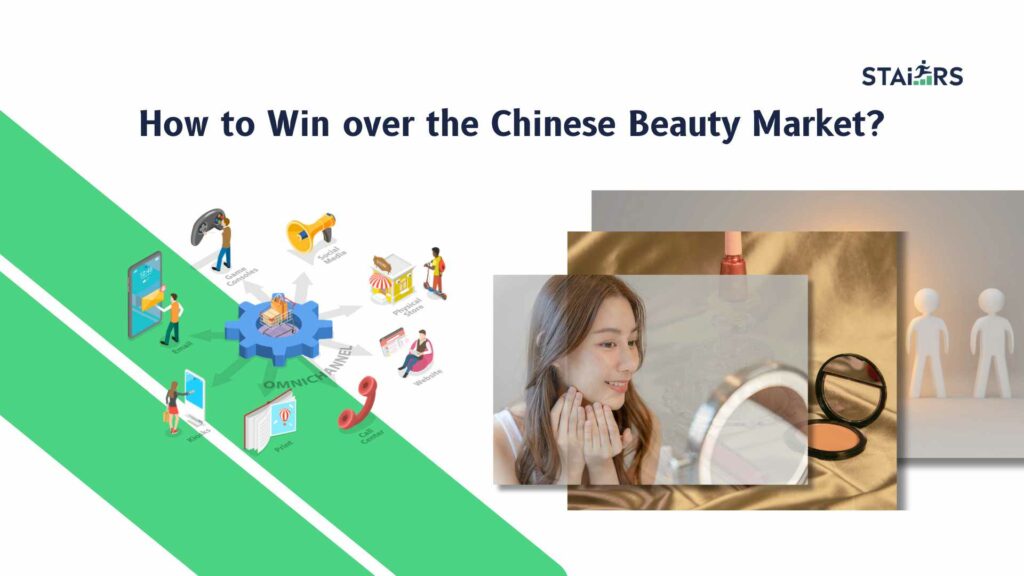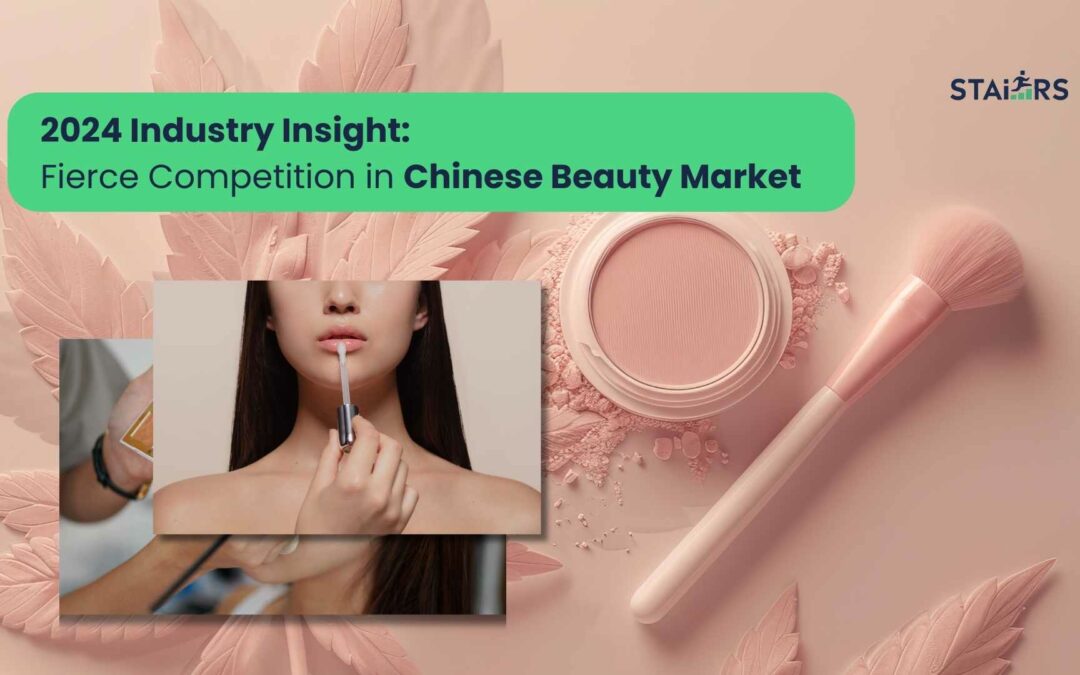Recently, China’s beauty market is witnessing fierce competition for both native and global beauty brands. As the market environment evolves and consumer demands shift, many high-end beauty brands are encountering unprecedented challenges in China.
In the past few months, well-known international brands, such as Peter Thomas Roth, Philosophy, Benefit, BY TERRY, and KOSE, have announced their marketing strategy adjustments in China.
Dynamic Factors in China’s Beauty Market

1. Market Segmentation
The Chinese beauty market has seen significant segmentation as consumers’ needs upgrade and diversified frequently. In order to keep pace with consumer’s preference, high-end international cosmetic brands need to keep keen eyes on its products, sales channels, marketing strategy and service in both first-tier and lower-tier regions. Therefore, an effective solution for most players is to upgrade segmentation criteria and to find new opportunities in the Chinese beauty market.
2. Sales Channels
The sales channel ecosystem in the Chinese skincare & beauty market is also evolving. Dominant players such as Sephora have adjusted their strategies to adapt to market changes. Sephora is expanding into lower-tier cities and enhancing its services , while Tmall Global focuses on attracting niche international brands that align with new consumer trends in China, offering comprehensive support to help brands establish themselves.
3. Consumer Demand
Chinese consumers are becoming rational in spending and personalized in demands; they give equal importance to product quality, brand image and the way of brand storytelling. Therefore, market players should have a clear understanding of their audience’s profile, needs and expectations.
An Expansion Project in China ? We Can Help You !
How to Win over the Chinese Beauty Market?
1. Clear Brand Positioning
Success for imported beauty brands in China will depend on their ability to position and develop their brand effectively. Brands need to clearly define their core values and market positioning, such as a unique brand story, a century-old history, or strong R&D capabilities. These elements can help brands stand out in a competitive market, beyond simply being labeled as high-end.
2. Uniqueness
To succeed, brands must have a true competitive edge. For beauty & skincare brands, product efficacy and safety are crucial. Skincare & beauty brands can easily attract Chinese consumers by launching high-tech and patented formulas, at the same time, innovate in local fashion topics and color trends to capture the attention of young consumers in both traditional and digital media platforms.
3. Diversify Sales Channel
Along with market environment changes, skincare & beauty brands should execute their sales channels (online & offline) effectively. The advantages of online sales channels include: large audience, precise target & interaction . For insurance, e-commerce platforms like Tmall Global and JD.com interact closely with target consumers through live shopping to boost sales during 618 ( Grand Promotion Season in China ). Chinese social media platforms like Xiaohongshu and Douyin can effectively boost brand influence by utilizing pertinent content marketing and live streaming practices.

4. Learn from Competitors
The rise of local brands in the Chinese beauty market is a notable trend. These native players leverage their deep understanding of the local market and quick response capabilities to gain remarkable market share. For example, budget-friendly makeup brands like Judydoll and INTO YOU have driven the market into an era of “value for money.” International brands must capitalize on their unique selling points like fashion, technology, and concepts to resonate with Chinese consumers.
5. Role and Challenges of Agencies
In the current market environment, the role of agencies and marketing companies is increasingly critical. The success of international brands in China largely depends on the operational capabilities of their marketing partners / agencies. Agencies need strong skills in analysis, promotion, live streaming, and content seeding, along with comprehensive consumer service experience, to help brands navigate the competitive market.
Conclusion
China’s skincare & beauty market is undergoing a new phase of reshuffling, intensifying the challenges for international beauty brands. Market segmentation, channel ecosystem changes, and shifting consumer demands are key issues brands must address.
Against this backdrop, foreign beauty brands must enhance their competitiveness, optimize channel strategies, and focus on brand development and differentiation. Meanwhile, the rise of local brands injects new vitality into the Chinese beauty market. Only brands that adapt to market changes and meet consumer needs will succeed in China’s beauty market.
For more information on the Chinese beauty market, please contact us. The STAiiRS professional marketing team is ready to provide you with comprehensive consulting services.


Recent Comments